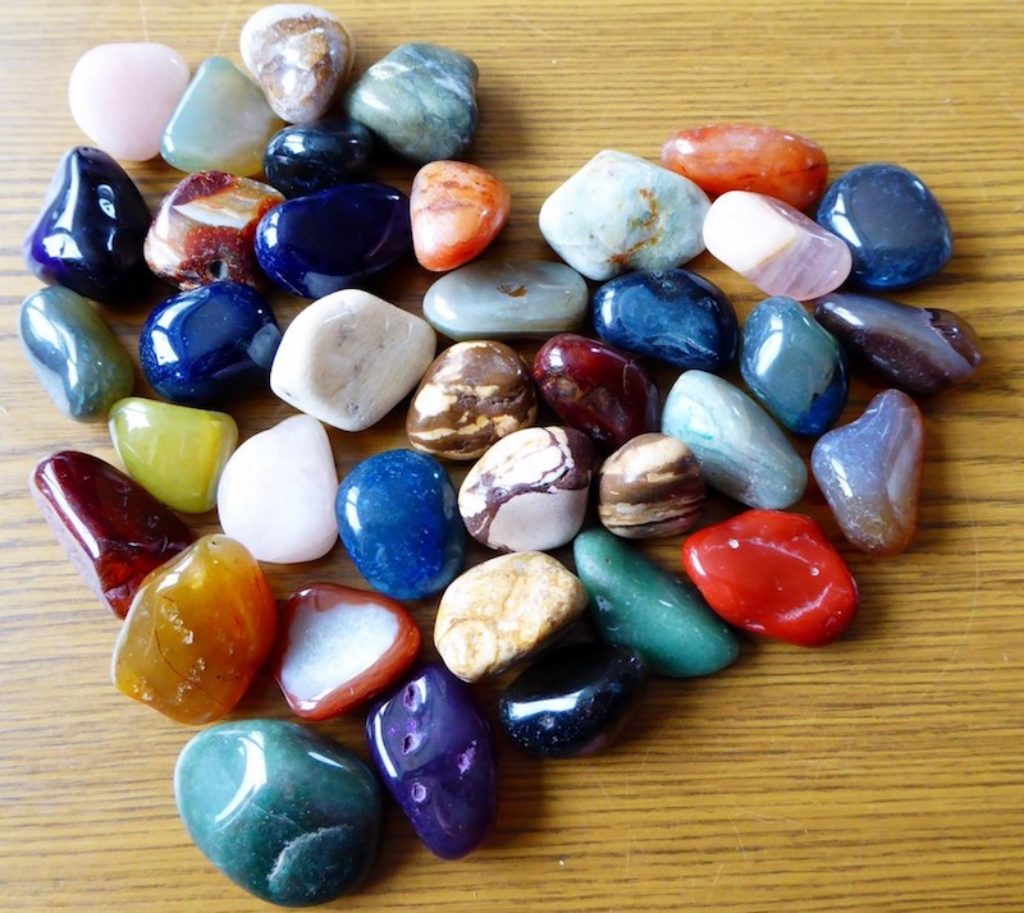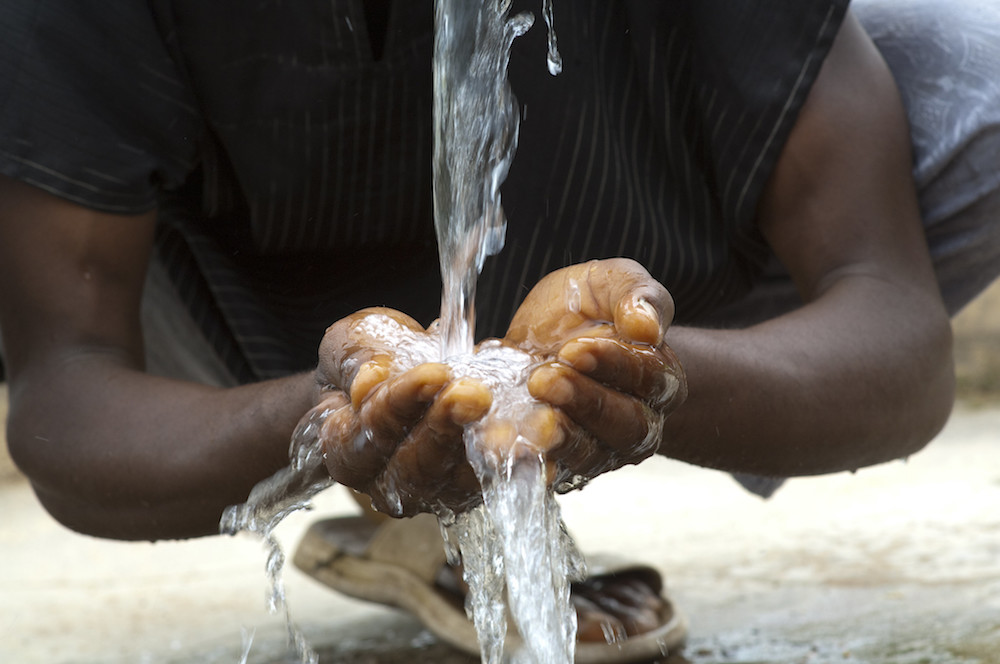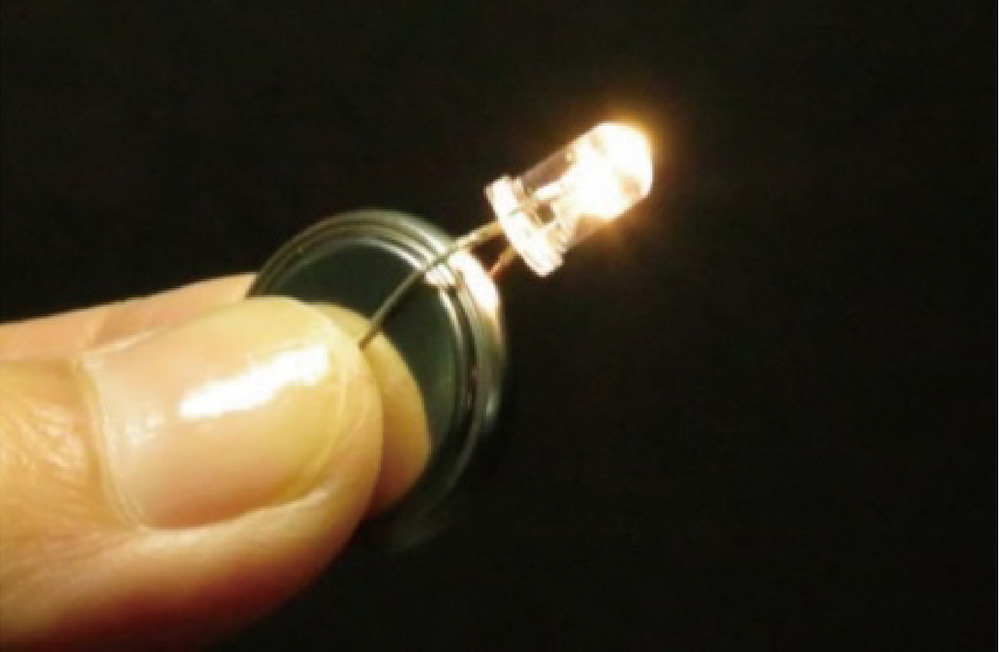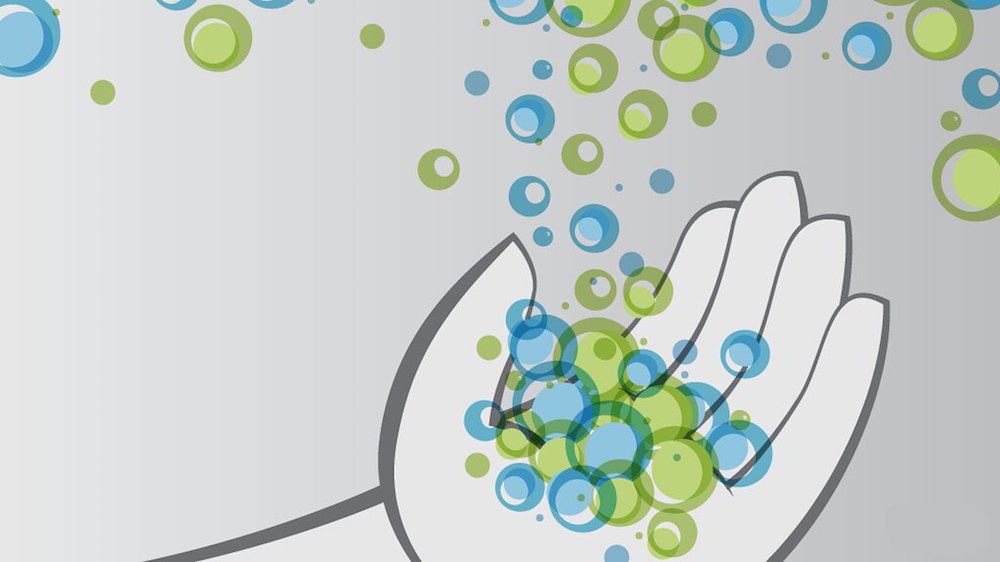
[Image above] Credit: PxHere
As I reviewed the articles I wrote for Ceramic Tech Today in 2019, I reflected on the themes of the journal group this year, including promoting research excellence, solving issues to enable better technology and products, and collecting articles in topical issues so readers can gain broad insights into specific areas.
My choices for my favorite posts highlight the effects the journal authors and editorial teams and their work will have on the future—the future of research and the broader future of people around the world.
Sound science and engineering at all stages of research

“Research has impact when it can bring about changes to behaviors, ideally for the benefit of society. Make sure your science reaches the right audience by using the tips in this article.”
The future of research is faster and more open dissemination of information. While conferences serve as the platform for discussing important in-progress updates, more and more authors seek to publish reports of conference presentations in peer-reviewed and indexed journals.
International Journal of Ceramic Engineering & Science (IJCES) is the (new!) ACerS journal serving this publication need. The first of my favorite CTT posts reviews two articles that exemplify the different aims of IJCES and the other ACerS journals, specifically, what constitutes “good engineering and science” versus “multi-faceted analysis and explanations.”
Both articles report on developments in gel casting, an advanced technique for net shaping of complex ceramics. These articles are not only interesting, but they provide guidance to authors for submitting their manuscripts to the journal that best fits the depth of the report.
Toward a clean water supply—glass-ceramic photocatalysts purify water

“Many places in the world lack access to clean water. Scientists from the Indian Institute of Technology Mandi suggest glass-ceramic photocatalysts could offer a safe and cost-effective way to purify water.”
I am passionate about improving the environment, both by use of ceramics and through improvements to ceramic processing and manufacturing. After all, a polluted and overheated planet would not be a nice place to do research! My second selection for favorite posts discusses work being performed in India by a rising star in ceramics research, Rahul Vaish.
I admire Vaish’s creativity and his productivity in the fields of pyroelectric ceramics. The CTT “Toward a clean water supply” highlights three recent papers wherein his team worked on photocatalytic water purification. When this technique is applied to pollutants, the resulting products are either less harmful or are converted into forms that can be more easily removed from water.
The concept is elegant and, when it can be produced in quantity, the technology could be used globally, especially in areas that do not have access to electricity. Now that is broad impact.
Lithium is not the (Li)mit—researchers produce all-solid-state sodium-ion battery

“To advance energy storage technologies, batteries made from materials other than lithium need to be developed and explored. Researchers from Nippon Electric Glass and Nagaoka University of Technology created one such battery—an all-solid-state sodium-ion battery.”
Solar and wind technology have advanced greatly in my lifetime and are used to provide electricity to more and more inhabitants. But when the wind does not blow and the sun does not shine, new and efficient energy storage technologies will be key to making these energy technologies reliable.
Lithium ion and lead-acid batteries are the current technology and reliability leaders, respectively. But sodium is more widely available (and less expensive) than lithium and potentially less hazardous while achieving performance levels approaching those of lithium batteries.
The third post looks at the advances to cathode technology that could enable production of an all-solid-state sodium battery. I have a personal connection to this research because I researched β-alumina (their electrolyte material) for my master’s degree those many years ago.
Additive manufacturing offers fast and simple way to fabricate bioactive glass-ceramics

“An international team of researchers found they could use 3D printing to create Biosilicate® glass-ceramic scaffolds. This method offers low-cost fabrication of bioactive glass-ceramics for biomedical applications.”
My next selection marries leading-edge ceramic fabrication technology with leading edge applications. Ceramics, specifically bioglass, have great potential for health care applications. But a significant challenge remains for using bioglass and other ceramics for bone repair due to the very narrow window of structures that are sufficiently porous to allow growth of blood vessels yet sufficiently strong to remain intact during the regrowth period.
Additive manufacturing (AM) has great potential for fabrication of complex ceramics shapes, with the ability to create internal structures not possible by casting or machining. My fourth favorite CTT gives insight into using AM and foaming of preceramic polymers for producing bone replacements with optimal properties and at relatively low costs. Imagine the future where people with bone cancer could return to full health.
Expand your impact—ensuring your science reaches the right audience

“Research has impact when it can bring about changes to behaviors, ideally for the benefit of society. Make sure your science reaches the right audience by using the tips in this article.”
My final selection concerns education, another of my passions for improving the future. Today’s graduate students are significantly more media savvy than professors educated during my years in grad school. Because these professors are also the advisors of the current students, some may not have the knowhow to help their students get attention in the ever-rising sea of scholarly articles. It’s not a criticism; many things students must do today simply were not necessary before.
Fortunately, the ACerS journal team, including the editors, ACerS staff, and Wiley, recognize that we can complement the professors by working with students and early-career researchers on strategies to get noticed. In the CTT “Expand your impact,” we report on the importance of impact—both scientific and broader, societal impact—and provide advice on methods researchers can use to increase the impact of their publications. We are following up this post with hands-on workshops at the upcoming EMA and ICACC conferences. You can learn more about the workshop and sign up for one here.
To paraphrase Bill and Ted’s Excellent Adventure, 2019 was a most excellent year for the ACerS Journal group. I’m glad I am able to provide insights to you all and look forward to a most excellent 2020.
